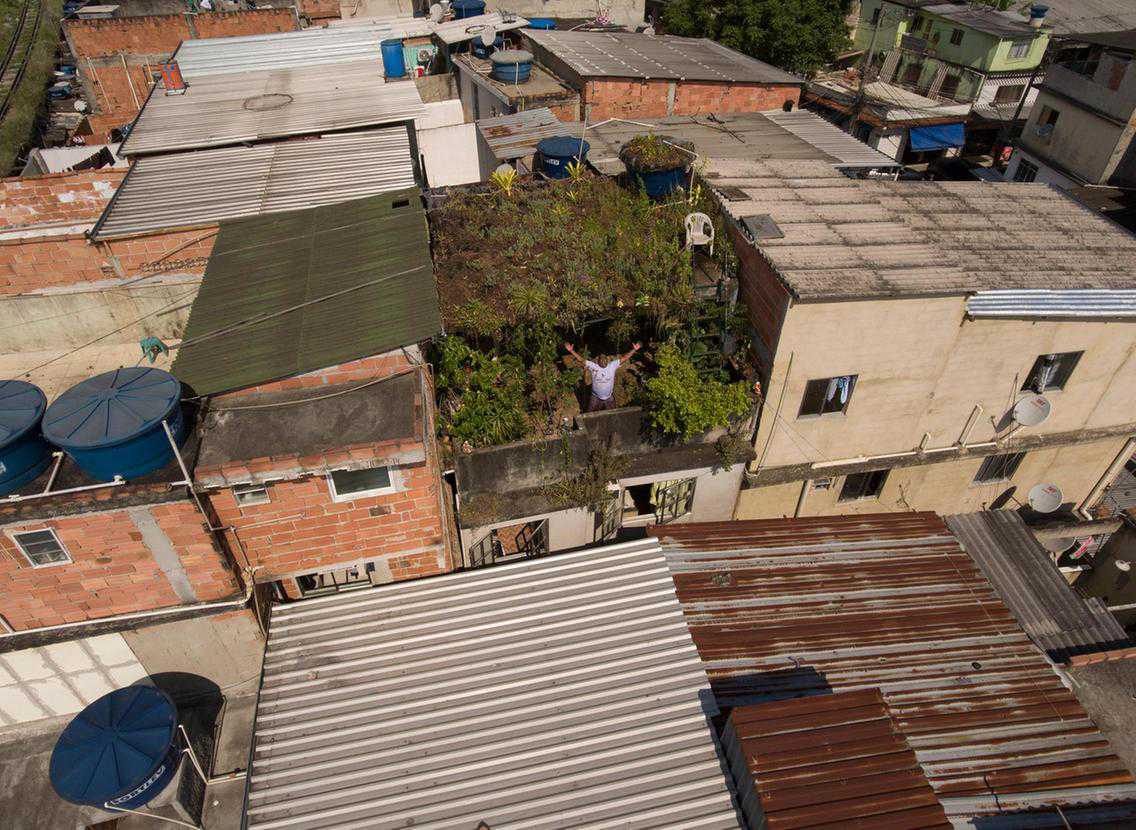How Rio's favela residents are 'greening' their homes
28 January, 2020

Tijuca Rainforest — one of the world's largest urban rainforests — sprawls across 32,000 kilometres in Rio de Janeiro and is one of the city's most-visited attractions.
But away from the national park, many of the city's residents live in concrete-filled communities where ever-hotter summer temperatures and a lack of vegetation makes for uncomfortable living.
Several neighbourhoods in Rio have less than one per cent tree cover. Despite this, the city's public policy for green spaces lags behind most major cities. This has forced locals to take the matter of greening Rio into their own hands.
Rio's favelas — working-class urban areas that emerged as squatter settlements — have some of the least vegetation in the country. In the majority of these estimated 1,000 neighbourhoods, people live so closely together that green spaces are almost always an afterthought.
Residents are working to change that. From planting trees and shrubs to transforming rooftops into makeshift gardens, people living in the favelas are increasingly prioritising the need for nature.
Brazilian advocacy NGO Catalytic Communities has spearheaded a grassroots sustainable movement that aims to create a sustainable future for these urban spaces.
In Morro da Providencia, the city's first favela, trees planted as part of this sustainable drive have now started producing fruit.
Purpose-sown green spaces are being used to educate young children about plants and nature. Several favela owners are working to turn tiny rooftops into elevated gardens.
This favela is just one of dozens of places under the shadow of Tijuca Rainforest where "moradores da favelas" (inhabitants of favelas) are leading the charge to create greener alternatives to their tree-starved urban landscapes.
Source: www.thenational.ae
TAG(s):
